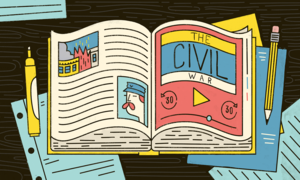Digital Literacy Videos



Legally obligated to enroll and support immigrant students—regardless of status—public schools often present numerous obstacles for young people and their families.




July 14 is International Nonbinary People’s Day, a perfect time to ensure you're acknowledging and including nonbinary identities in the work you do. These resources can help you further understand nonbinary identities, show up for nonbinary youth and create more inclusive school environments for nonbinary educators.
This week, we remember those we lost on February 14, 2018, at Marjory Stoneman Douglas High School. We dedicate this edition of The Moment to the young people across the country who have channeled their grief into action, standing up and speaking out to end gun violence in their communities—and every community.